The popularity of ultra-low emission vehicles (ULEVs) continues to rise sharply, according to the Department for Transport (DfT), with more than 25,000 plug-in car and plug-in van grant claims submitted since the scheme began in 2010.
During the traditionally quiet January market there were nearly 2,000 claims and total ULEV sales in 2014 were four times the level of the previous year. The UK is now ahead of France and Germany in ULEV take-up.
DfT says the acceleration in popularity is matched by the growing number of ULEV models on the market with some 25 car models and 7 van models eligible for the plug-in grant. A further 40 ULEV models from major manufacturers are expected to come to market over the next three years.
Transport minister Baroness Kramer said: “More and more people are deciding a ULEV is the right choice for them. They are great to drive, easily chargeable at home or on the street, and cheap to use with running costs from just 2 pence a mile. The government’s £500m investment will help more models become available to suit a wide range of budgets. This thriving industry will support jobs and build a stronger economy.
To take account of rapidly developing technology, and the growing range of ULEVs on the market, the criteria for the plug-in car grant are being updated. From April 2015, eligible ULEVs must meet criteria in one of the following categories depending on emission levels and zero-emission-capable mileage:
• Category 1: CO2 emissions of less than 50g/km and a zero emission range of at least 70 miles
• Category 2: CO2 emissions of less than 50g/km and a zero emission range between 10 and 69 miles
• Category 3: CO2 emissions of 50-75g/km and a zero emission range of at least 20 miles.
Vehicles in all categories will continue to be eligible for the full grant of up to £5,000, until either 50,000 grants are issued or 2017, whichever is first.





















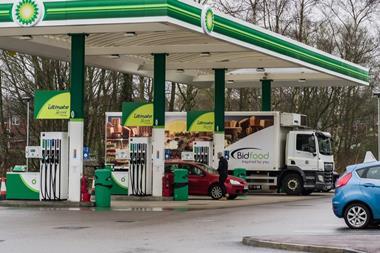
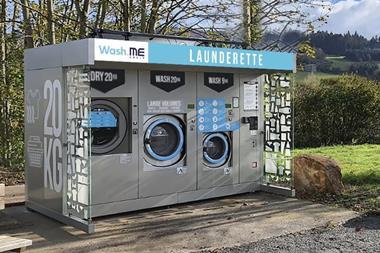
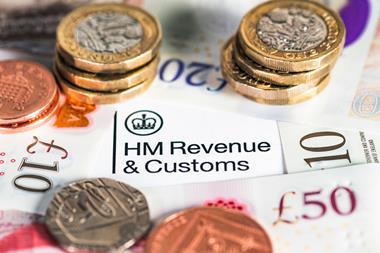
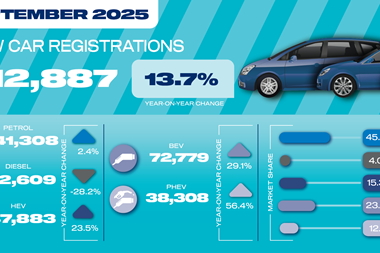

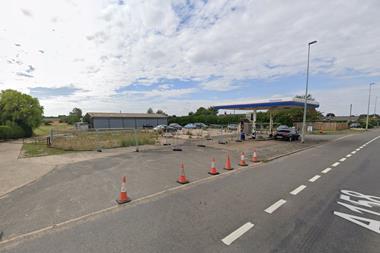





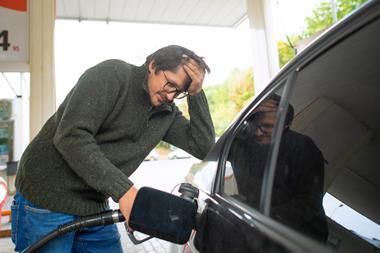
No comments yet